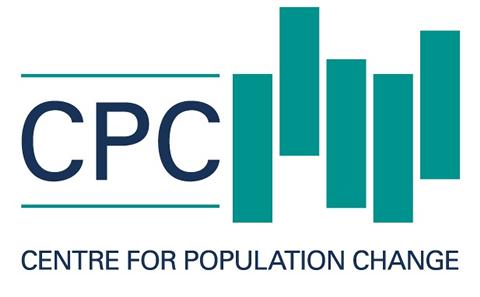Globally Mapping Human Settlements in the Absence of Satellite Imagery Seminar

- Time:
- 15:00 - 16:00
- Date:
- 14 February 2019
- Venue:
- Building 54, Room 7033 (room 7C)
Event details
The Centre for Population Change seminar will be held on 14 February 2019 in Building 54, Room 7033 (room 7C), 15:00-16:00. Jeremiah Nieves from the WorldPop at the University of Southampton is going to give a talk entitled, 'Globally Mapping Human Settlements in the Absence of Satellite Imagery'.
Abstract: Recently, urban feature datasets across time, derived from satellite imagery and global in extent, have become more available. Yet, the availability of these data exists for only a few time points leaving gaps in the growth of the built-settlement footprint through time, even as demand for these data sets grow. Here I have developed a semi-automated modelling framework that is applicable across the globe and capable of producing annual maps of settlement growth. This model leverages the latent temporal information from relative changes in population of subnational areas to estimate the magnitude of settlement changes and combines random forests with environmental covariates to predict the location-specific (100m x100m grid square) probability of non-settlement-to-settlement transitions. We then employ dasymetric mapping methods to spatially allocate these predicted changes in settlement extent. Further, the framework leverages the observed and interpolated settlement extents with the relationships to covariates to predict short-term future built-settlement extents. An initial validation of this framework, using annual ESA CCI "urban" landcover and predicting annually at 100m resolution, across four countries (Panama, Switzerland, Uganda, and Vietnam) between 2000 and 2015, with observations every five years, showed overall accuracies between 85-99% for 2/3 of predicted years (n=49), with consistent performance across countries.
The flexibility of this framework, not only in its ability to have any binary extents as input, but in every subnational unit being modelled semi-independently, permits efficient and scalable applications up to the global level with subnational variation driving the built-settlement extent changes and dynamics. In fact, WorldPop has used an early version of this framework to produce annual 100m built-settlement extents from 2000 to 2020 for over 200 countries. The modelled outputs are not only useful themselves, but the model framework can serve as a platform for investigating the correlates, drivers, and functional shape of built-settlement growth with other big datasets and the role population has in this process. This model serves as the first validated spatial model of settlement growth with global extent producing and is built using open-source code.
All future CPC seminars and events can be found on our website.
Speaker information
Jeremiah Nieves, is a Postgraduate research student within Geography and Environmental Science at University of Southampton.